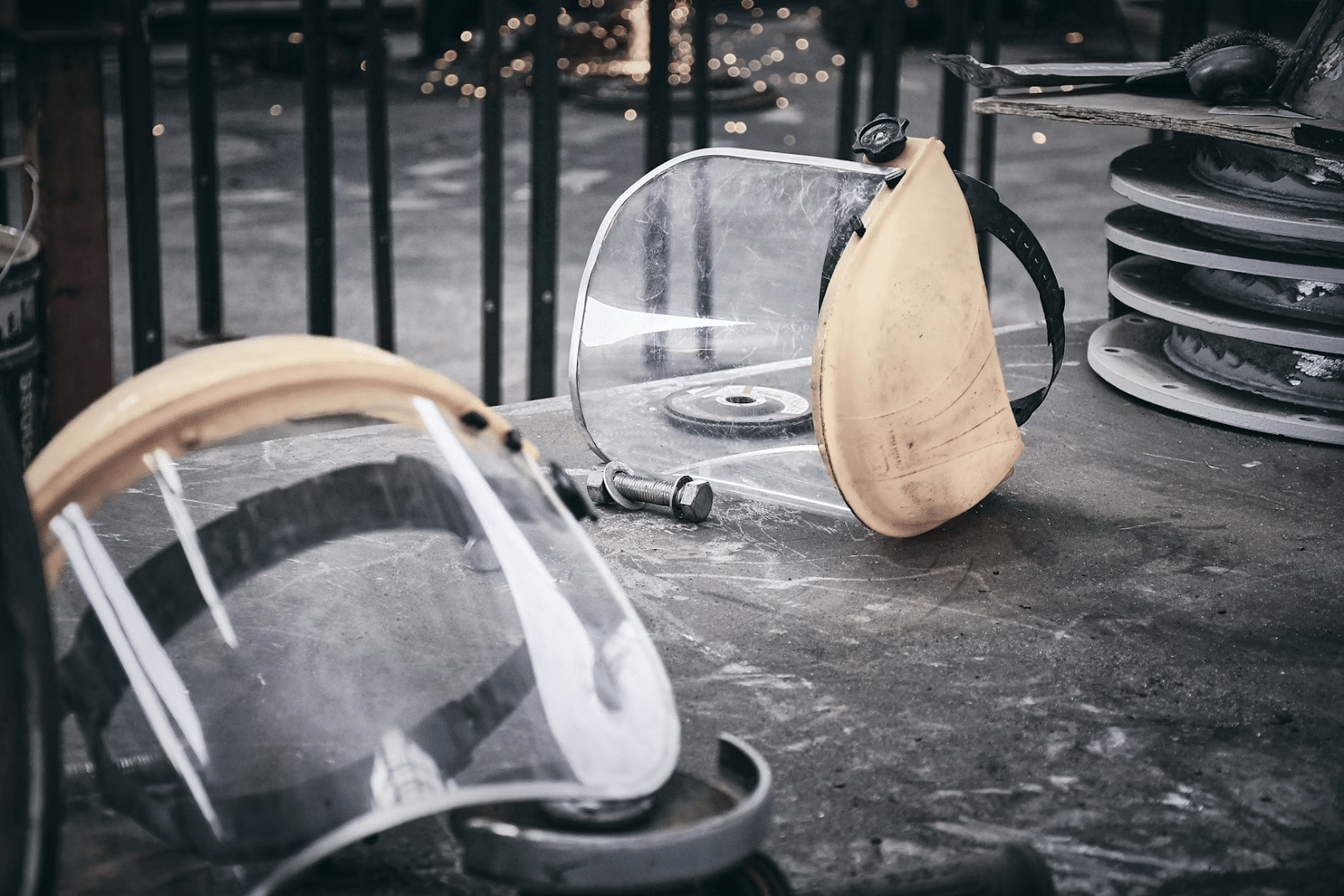What to Do After a Car Accident: Legal Steps Every Driver Should Know
Nov 17, 2025

Step 1: Check for Injuries and Ensure Safety
Right after a crash, your first priority is making sure everyone is safe. Take a moment to check yourself, your passengers, and anyone else involved. If anyone is hurt, even slightly, call 911 right away. If the cars are drivable, move them to the side of the road to avoid further danger, switch on your hazard lights, and stay visible to approaching traffic. In many states, you’re required to report accidents that involve injuries or significant property damage, so calling emergency services also helps you stay compliant with the law. And remember: leaving the scene of an accident can lead to serious legal trouble, even if the damage looks minor. Quick safety checklist:- Check for injuries and call 911 if needed
- Move vehicles out of traffic if possible
- Turn on hazard lights
- Stay at the scene until authorities arrive
Step 2: Call the Police and File an Official Report
Even if the accident seems small, calling the police is one of the most important steps you can take. An official police report becomes a key document for insurance claims and any future legal process. It gives an unbiased account of what happened, who was involved, and what officers observed at the scene. The responding officer will usually document:- The positions and condition of the vehicles
- Visible injuries
- Statements from drivers and witnesses
- Weather, road conditions, and any signs of negligence

Step 3: Exchange Information with the Other Driver
Once the scene is safe and the police are on the way, exchange basic information with the other driver. Keep the conversation focused on the facts; this isn’t the time to discuss who caused the accident or apologize, even out of politeness. Anything that sounds like an admission of fault can be used against you later, so it’s best to keep things simple. Information to collect:- Full name and contact details
- Driver’s license number
- License plate number
- Insurance company and policy number
- Make, model, and color of the vehicle
Step 4: Gather Evidence at the Scene
If it’s safe to move around, start documenting the scene right away. Photos and videos can become some of the strongest pieces of evidence in an insurance claim or legal case. They capture details that people often forget once the stress of the accident fades. Try to get a full view of what happened. What to photograph:- Damage to all vehicles (close-up and wide shots)
- Road conditions, skid marks, debris, and traffic signs
- Weather at the time of the crash
- Your injuries or any visible injuries on others
Step 5: Seek Medical Attention Even If You Feel Fine
Right after an accident, adrenaline masks pain. It’s common to feel “okay” in the moment and then wake up the next day with stiffness, headaches, or dizziness. Injuries like whiplash, concussions, soft-tissue damage, and even internal injuries often appear hours or days later. That’s why getting checked by a doctor as soon as possible is essential. A prompt medical evaluation does two important things:- It protects your health by catching hidden injuries early.
- It creates clear medical records that link your symptoms to the accident; something insurance companies and attorneys rely on when determining compensation.

Step 6: Notify Your Insurance Company
Once you’re safe and have gotten medical attention, the next step is letting your insurance company know about the accident. Most insurers expect prompt reporting, and delaying too long can cause issues with your claim, or give them a reason to question it. When you call, stick to the basic facts: where it happened, when it happened, and the type of damage or injuries involved. There’s no need to guess or offer opinions about fault. If you’re asked to give a recorded statement, you can politely decline until you’ve spoken with an attorney. Be cautious with early settlement offers. Insurance companies often try to close cases quickly, especially before the full extent of injuries is known. Accepting too soon can leave you responsible for future medical costs or car repairs you didn’t expect. Once the report is filed, you can move forward with legal support if the situation calls for it.Step 7: Contact a Car Accident Attorney
After a crash, things can get complicated fast; medical bills, repair estimates, insurance adjusters asking questions, and uncertainty about who’s responsible. This is where speaking with a car accident attorney can make a real difference. Early legal guidance helps protect your rights, especially if injuries are involved, fault is unclear, or the insurance company is pushing for a quick settlement. An attorney can handle the conversations you shouldn’t have to stress about: dealing with insurers, organizing evidence, speaking with witnesses, and making sure you’re not underpaid for your losses. They know what paperwork matters, what deadlines apply, and how to build a strong case from the start. If your accident happened in South Carolina, reaching out to a Greenville car accident attorney can help you understand your options under local laws and take the pressure off navigating the claims process on your own. By getting legal help early you’ll make sure you’re treated fairly.Step 8: Keep Detailed Records
The days and weeks after a car accident can feel overwhelming, and it’s easy for important documents to get lost in the mix. Keeping everything organized from the start makes insurance claims, and any potential legal case, much smoother. Create a simple folder (digital or physical) where you store every piece of information related to the crash. This helps you track the full impact of the accident and gives your attorney or insurer everything they need in one place. What to keep:- Medical bills, treatment notes, and diagnostic reports
- Receipts for medications, physical therapy, or medical devices
- The police report
- Photos and videos of the scene
- Repair estimates and receipts
- Emails or letters from insurance companies
- Notes about symptoms, doctor visits, or missed work
Step 9: Understand Your Legal Rights
Every driver has certain protections after a crash, but those rights depend on where the accident happened. Some states follow a fault system, where the driver who caused the accident is responsible for the damages. Others use a no-fault system, where each driver turns to their own insurance first, regardless of who caused the crash. Knowing how your state handles accidents helps you understand what compensation you may be entitled to. In most cases, victims can pursue recovery for:- Vehicle repairs or replacement
- Medical bills
- Lost income from missed work
- Pain and suffering
- Long-term or ongoing treatment









